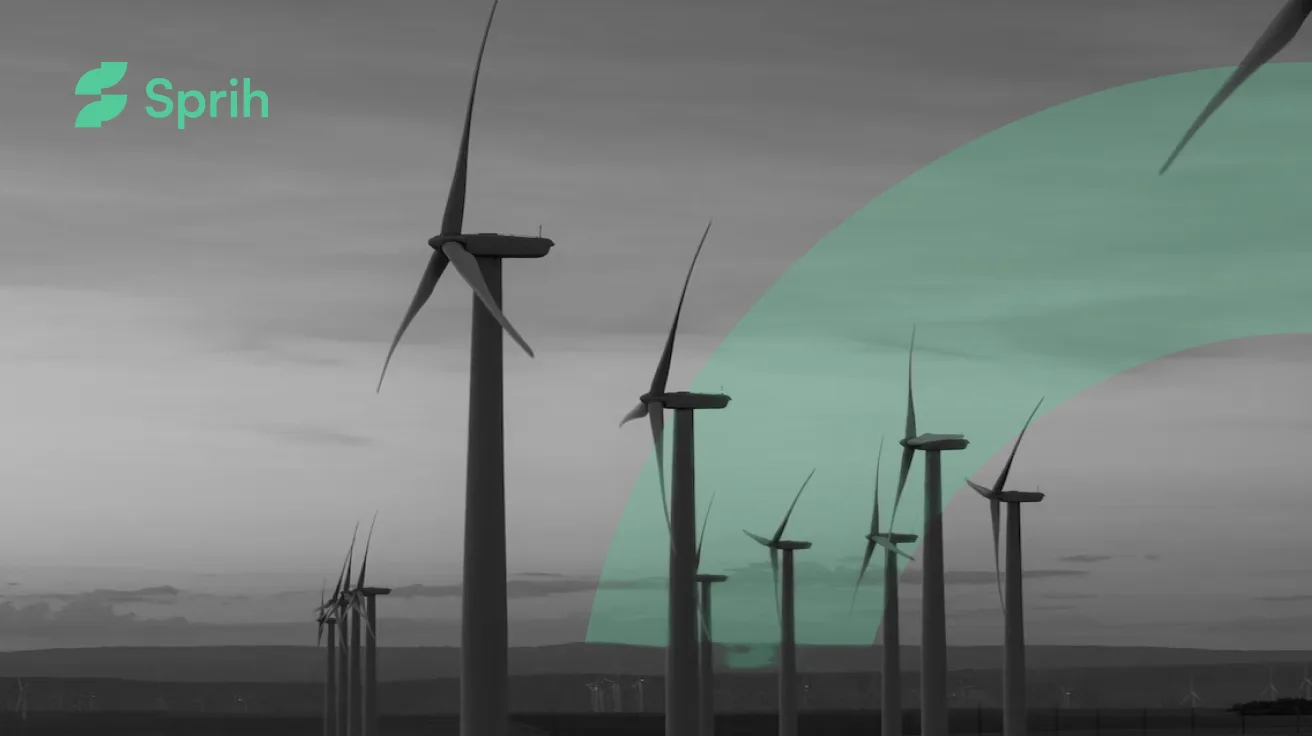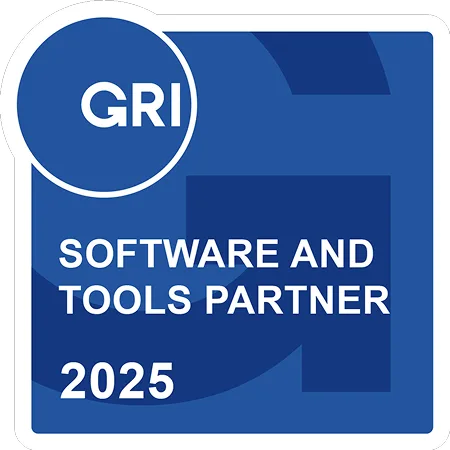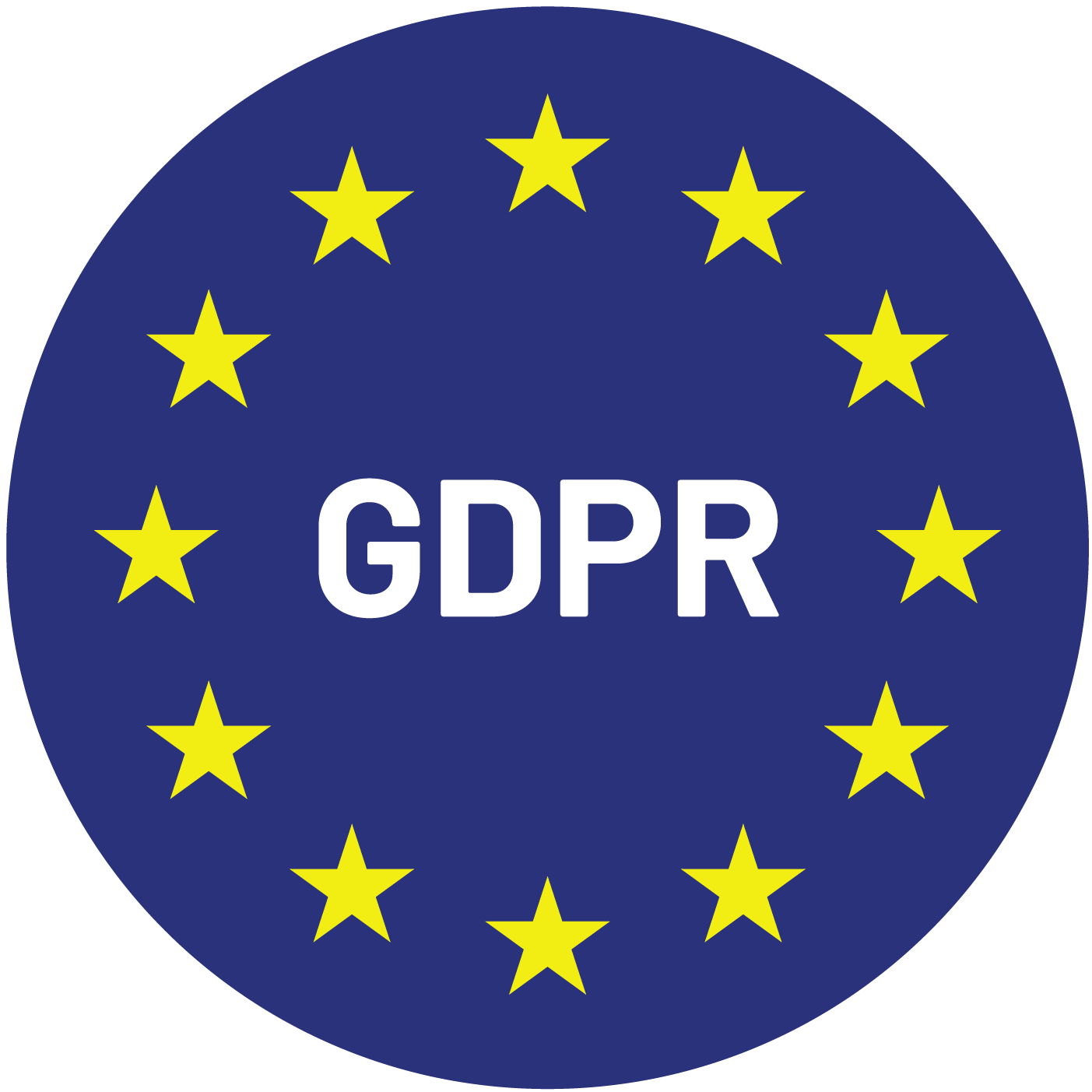Understanding your company’s carbon footprint today is a business imperative. With investors, regulators, and customers all demanding transparency, professionals need to grasp the essentials of carbon accounting, especially when it comes to Scope 3 emissions. But what do Scope 1, 2, and 3 really mean, and why is Scope 3 so crucial today? Let’s break it down.
What Are Scope 1, 2, and 3 Emissions?
The Greenhouse Gas (GHG) Protocol, the world’s leading standard for carbon accounting, categorizes emissions into three “scopes.” Each scope helps organizations map, measure, and manage their climate impact across their operations and value chain.
- Scope 1: Direct emissions from sources owned or controlled by your company (e.g., company vehicles, onsite fuel combustion).
- Scope 2: Indirect emissions from purchased energy, typically electricity, steam, or heat.
- Scope 3: All other indirect emissions that occur in your value chain, both upstream and downstream—think suppliers, business travel, product use, and more.
While Scope 1 and 2 are relatively straightforward, Scope 3 emissions are broad, complex, and—often—make up the largest share of a company’s total carbon footprint.
Why Scope 3 Emissions Matter More Than Ever
For many businesses, Scope 3 emissions constitute up to 70-90% of their total GHG footprint. These are the so-called “value chain emissions,” encompassing everything from the raw materials you buy to how customers use and dispose of your products.
Why focus here?
- Regulatory pressure: Frameworks like the EU CSRD, UK SECR, and proposed SEC rules require more detailed carbon reporting—including Scope 3.
- Investor expectations: Investors increasingly demand transparency across the entire value chain.
- Reputation and competitiveness: Customers and partners favor companies who tackle full-spectrum emissions, not just what happens “in-house.”
Breaking Down Scope 3 Emissions: The 15 Categories
Scope 3 covers a vast landscape. According to the GHG Protocol, it’s split into 15 categories, including:
- Purchased goods and services
- Capital goods
- Fuel- and energy-related activities (not in Scope 1/2)
- Upstream transportation and distribution
- Waste generated in operations
- Business travel
- Employee commuting
- Upstream leased assets
- Downstream transportation and distribution
- Processing of sold products
- Use of sold products
- End-of-life treatment of sold products
- Downstream leased assets
- Franchises
- Investments
Each business will have a unique emissions profile. For a software company, business travel and cloud computing (energy use) might dominate. For a manufacturer, raw material extraction and supplier activities are likely the biggest contributors.
How to Measure Scope 3 Emissions: Practical Steps
Measuring Scope 3 emissions isn’t easy. Data can be hard to get, and methodologies are still evolving. But here’s a proven starting point:
- Map your value chain: Identify all relevant Scope 3 categories for your business.
- Prioritize material categories: Use spend analysis or screening tools to pinpoint hotspots.
- Collect data: Engage suppliers for primary data (e.g., emissions intensity), but use reputable secondary data (industry averages) where needed.
- Calculate using GHG Protocol tools: The GHG Protocol offers calculation guidance for each category.
- Improve over time: As your data and supplier engagement improve, refine your calculations for greater accuracy.
Overcoming Challenges in Scope 3 Carbon Accounting
The complexity of value chain emissions can be daunting. Common challenges include:
- Data gaps: Many suppliers lack emissions data or reporting capability.
- Double counting: Emissions can be reported by multiple entities in the chain.
- Changing standards: Methodologies and regulations are evolving quickly.
Solutions:
- Collaborate with suppliers to build capacity and share best practices.
- Use industry coalitions (like the Science Based Targets initiative) to align standards.
- Leverage technology to automate data collection and reporting.
Scope 3 Emissions and Your Net Zero Strategy
You can’t achieve net zero without addressing value chain emissions. The world’s most credible climate targets—like Science Based Targets or net zero pledges—require action on Scope 3 emissions.
Actionable Tactics:
- Integrate sustainability into procurement decisions.
- Support suppliers’ transition to renewable energy.
- Redesign products for lower-carbon use and end-of-life.
The Business Case for Tackling Value Chain Emissions
Addressing Scope 3 emissions isn’t just about compliance. It’s a chance to drive innovation, cut costs, and build resilience. Companies who lead on value chain emissions reporting and reduction:
- Attract Sustainability investment
- Win customer loyalty
- Stay ahead of regulatory risk
- Unlock supplier collaboration and efficiency
Pro tip: Start small, but start now. Even imperfect data will set you on the path to better carbon management—and a stronger business.
Scope 3 Emissions—The Next Frontier in Climate Action
Understanding and managing Scope 3 emissions is now central to credible climate strategies. By mapping value chain emissions, collaborating with suppliers, and leveraging the right tools, your business can lead on sustainability—and future-proof itself in a low-carbon economy.
Ready to tackle Scope 3 emissions? See how Sprih helps organizations measure, manage, and reduce value chain emissions—book a demo today.
FAQs
What are Scope 1, 2, and 3 emissions?
Scope 1 includes direct emissions from company-owned sources like vehicles or onsite fuel combustion. Scope 2 covers indirect emissions from purchased energy such as electricity or steam. Scope 3 encompasses all other indirect emissions across the value chain, including suppliers, product use, and end-of-life disposal.
Why are Scope 3 emissions the most important for businesses today?
Scope 3 often represents 70–90% of a company’s total carbon footprint. Regulators, investors, and customers are demanding full value chain transparency, making Scope 3 crucial for compliance, reputation, and competitiveness.
How are Scope 3 emissions categorized under the GHG Protocol?
The GHG Protocol defines 15 categories for Scope 3, ranging from purchased goods and services to investments. Each company has a unique profile depending on its industry and operations, with different categories contributing most significantly.
What are the main challenges in measuring Scope 3 emissions?
Challenges include limited supplier data, risks of double counting, and rapidly changing standards. Overcoming them requires supplier collaboration, use of credible secondary data, industry alignment, and technology-enabled reporting.
How can companies practically measure Scope 3 emissions?
Businesses can map their value chain, prioritize material categories, collect data from suppliers or secondary sources, and calculate emissions using GHG Protocol guidance. Over time, they refine accuracy through stronger supplier engagement and digital tools.
Why are Scope 3 emissions central to achieving net zero targets?
Net zero commitments and Science Based Targets require companies to address value chain emissions. Without tackling Scope 3, organizations cannot credibly reduce their total carbon footprint or meet climate pledges.
What business benefits come from addressing Scope 3 emissions?
Beyond compliance, tackling Scope 3 drives innovation, operational efficiency, cost savings, and resilience. It also attracts Sustainability-focused investors, strengthens customer loyalty, and fosters collaboration across the supply chain.












